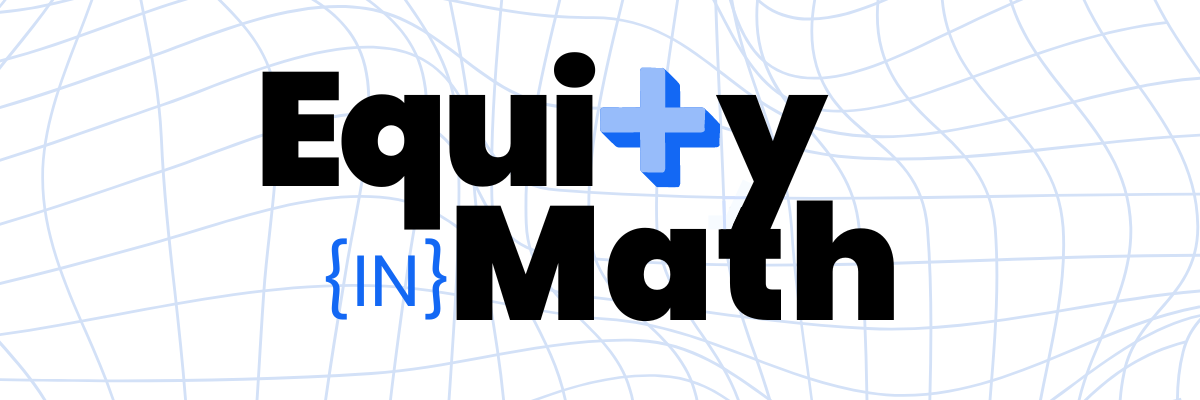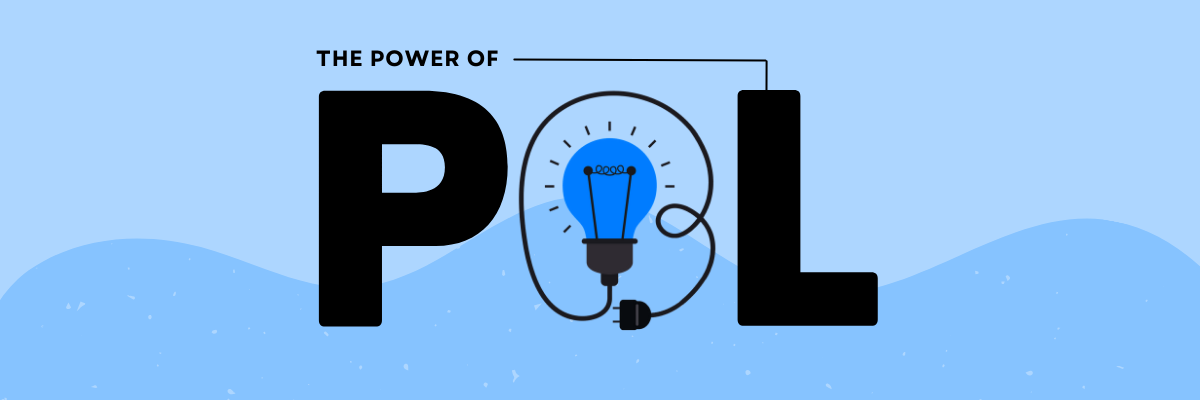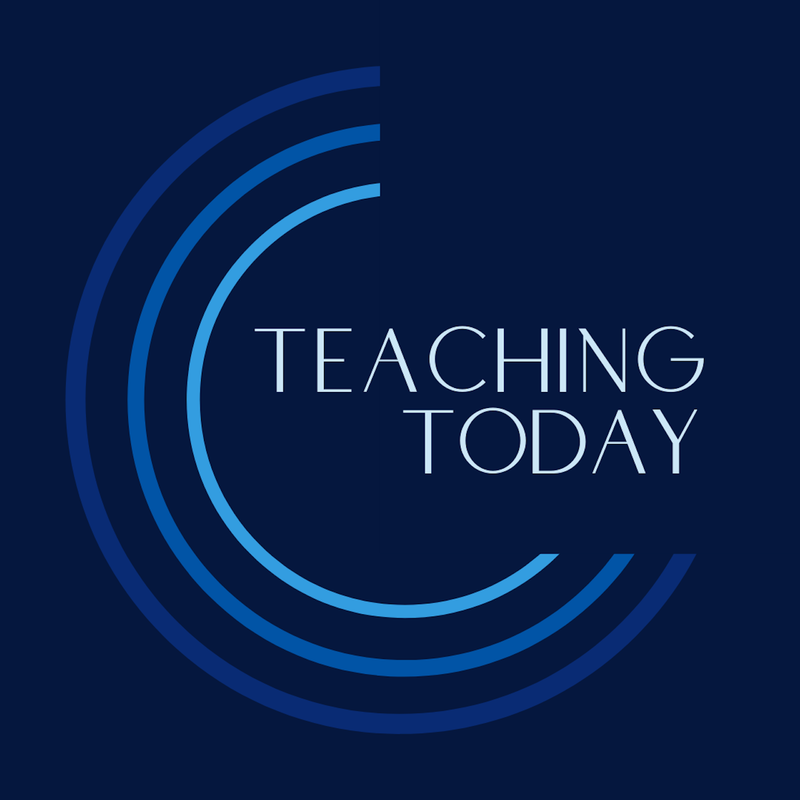|
10/31/2022 Centering Students for Literacy Engagement: Teacher as Interdependent Curator & Bridge-Builder
Exploring the connection between instructional autonomy and student engagement.
Excerpted from Centering Students for Literacy Engagement: Voice, Choice & Identity, A Review of Literature for Behind the Book, conducted by the Center for Professional Education of Teachers at Teachers College, Columbia University.
Teachers who engage in the design of their own instructional goals understand the direct link between engagement, literacy, and content knowledge. They understand that when students are engaged, there is no limit to their learning, which is why it is such a powerful motivator. Teachers are also keenly aware that how they create visible and invisible space for learning to take place has an impact on student engagement. Everything from how a classroom space is organized, decorated, and maintained has an impact on how well students can physically interact in the space. Relationship building is also critical in the classroom, and the research indicates that fostering non-evaluative literacy experiences creates opportunities for students and teachers to more deeply engage in reading and writing.
Essential factors in engagement
In a research review on literacy engagement, produced by The Center for Professional Education of Teachers (CPET) in collaboration with Behind the Book, we analyzed previously published reviews of literature and research studies on literacy engagement. Throughout the literature, student voice, agency, and confidence emerged as essential factors that lead to increased literacy engagement over time. While many attributes contributed to increasing student voice, choice, and agency, six high leverage areas surfaced: student voice, student agency, student confidence, teacher autonomy, learning environment, and relationship-building. Refer to our companion article to read about Student Voice, Choice & Identity. How do you incorporate these in your practice? What support might you need to deepen your understanding and implementation of these attributes?
Teacher autonomy
Decision-making ideally involves all stakeholders in a school community. The unique role of teachers positions them as professionals in their content areas and the consummate experts of their own classrooms. There is a strong connection between student engagement and how a teacher perceives themselves as authors of their classroom spaces — especially when it comes to teacher autonomy. The concept of professional independence and decision-making is central to motivating teachers to think critically about what, why, and how they’re engaging with their students, which increases their sense of personal and professional responsibility. Teachers navigate their choices within the systems and structures of their districts, school, and department. Educational policies affect the everyday experience of teachers and can construct barriers to teachers exercising autonomy in their classrooms. The shift away from autonomy and professional freedom in K-12 schools has had a dramatic impact on teacher engagement, creativity, and organic professional evolution. Policies that acknowledge teachers as experts will implement systems and structures designed to increase decision-making opportunities on every level, from classroom to school to district. Teachers immersed in the design of their own instructional goals understand the direct link between engagement, literacy, and content knowledge. They understand that when students are engaged, there is no limit to their learning, which is powerful for both teacher and student. When a person has a high level of efficacy in their work, they believe that their time and effort will result in a desired extrinsic or intrinsic reward. For educators, autonomy and efficacy go hand in hand. Teachers are most effective when they have autonomy (decision-making power and the professional responsibilities that come with that power) and efficacy (the belief that their time and effort will generate their desired reward). The effort and self-determination of teachers contributes to their own sense of autonomy and to their students’ success. Teacher autonomy is not something that can be developed overnight, especially in communities where there has been tight control on curriculum, instruction, or teacher style. Schools or districts looking to increase teacher autonomy may want to make an investment in professional development for teacher leaders. Starting small and then building with a team is a great entry point to increasing autonomy for some, and creating a sustainable process for others to develop more autonomy. It is important to remember that teacher autonomy does not mean everyone does anything they want at any time, but rather that teachers are able to exercise professional freedoms for instructional and curricular choices focused on the responsibility of meeting students’ needs. This process can be developed and replicated. Schools interested in developing teacher autonomy can first focus on Department or Content area or grade level teams and develop a structure for meeting together, facilitation, and shared research. As teachers learn more about their field, they are better equipped to make decisions grounded in research. Instructional autonomy leads to the creation of a dynamic learning space, an increased growth mindset and a mindset towards social justice.
Learning environment
If we think of the word environment, as in habitat or place, the learning environment becomes the space where learning takes place. Curating a positive learning environment requires educators to consider how students learn best, under what conditions their learning can be maximized, and what disrupts the learning environment. Once these questions are answered, educators must use their available resources to design the physical or virtual space to create that environment. It’s important for teachers to think critically about creating a space for each student that provides access to resources, manipulatives, and intellectually stimulating tasks. This is commonplace in most elementary school classrooms which utilize their classroom spaces for strategic academic interactions — like the reading rug, the classroom library, and the conferencing table for students to work with their teachers individually or in small groups. All teachers create and cultivate learning spaces in how they interact with their students, how they utilize the space they have, and how they invent ways for students to interact with texts together. Rituals and routines play an important role in creating a learning environment that increases student literacy engagement. With a specific eye towards supporting English Language Learners, we can think beyond the physical resources found within a classroom space and focus on having a mindful routine, creating dynamic personal relationships between stakeholders, and developing instructional materials that are culturally and cognitively responsive to students. Additionally, when surrounded by physical texts and images of texts in the classroom spaces, students are more likely to engage in reading on their own. Implementing discussion is an integral part of the reading and writing process. When students discuss what they’ve read with their peers, it enhances their understanding, and their interest in the text. When students spend time and effort in retelling what they’ve read, creating a response to their reading, or synthesizing the text in new ways, their energy and effort has a direct correlation to their engagement in the reading itself. School and district leaders can support teachers to think deeply about their learning environment by being explicit about the resources available to teachers, as well as clarifying a theory of action that articulates how students learn best and translating that theory into an action plan for the learning environment. Beginning with the theory of action, schools that take the time to develop a shared understanding and a shared approach to learning also reap the benefits of a faculty and staff who are aligned in their mindset and approach and as a result create culture and environment quickly. After articulating the theory of action, schools need to develop an implementation plan, and an accountability plan. How will they see their values come alive in the daily interactions across the school? How will they hold teachers and other school staff members accountable to their ability to translate vision into action? Resources may vary, but the constant in any educational setting are teachers and students, together.
Relationship building
Relationships support building bridges between challenging content and critical skills. The relationship provides an avenue for teachers and students to bridge differences and bond through shared experiences. These bonds become a highway for academic support and interventions. Teachers with a high level of professional freedom typically have the confidence and the creativity to create a positive and engaging learning environment, which will in turn create personal and social spaces for students to find themselves as readers. Those personal and social spaces are nurtured through student-to-student and student-to-teacher relationships. Sharing reading ideas is especially motivating for students. Whether there are formal or informal conversations, teachers and students who read and discuss shared texts create shared experiences and shared memories. These experiences create strong bonds between teachers and students and inform their identities as readers and writers. When teachers and school leaders want to increase engagement through relationship building, focusing on social-emotional learning can be a great entry point. Creating spaces for students and teachers to identify their feelings within a given assignment can avoid misunderstandings that develop hurt feelings and divide teachers and students, impacting culture negatively. For decades, teachers have found that stories are ways to connect students to themselves, to each other, and to their larger community. Reading and writing are both connected to an audience which makes the act of either an experience in connection. Supporting students academically must include supporting students relationally. When students are able to connect with themselves and their classmates; when they connect with their teachers and count them as caring adults in their lives, they have essential support to then connect with texts that will become the driving force of their learning. The real and deep need for strong relationships is a key component to student engagement in reading and writing.
Download the white paper: Centering Students for Literacy Engagement: Voice, Choice & Identity, A Review of Literature for Behind the Book, conducted by the Center for Professional Education of Teachers at Teachers College, Columbia University.
About Behind the Book
Behind the Book was founded with an instinctive sense that getting kids excited about reading could have a significant impact on their academic (and nonacademic) careers, encouraging depth and freedom of thought, a hunger for knowledge and an understanding and appreciation for worlds beyond the one they know. In the years since Behind the Book began scheduling author visits, programming has expanded and evolved to include art projects, field trips, dramatic activities, the publication of student anthologies and more. About the Center for Professional Education of Teachers (CPET) Sponsored by Teachers College, Columbia University, internationally renowned research university, CPET is a non-profit organization that is committed to making excellent and equitable education accessible worldwide. CPET unites theory and practice to promote transformational change. We design innovative projects, cultivate sustainable partnerships, and conduct research through direct and online services to youth and educators. Grounded in adult learning theories, our six core principles structure our customized approach and expand the capacities of educators around the world. |
|
The Center for Professional Education of Teachers (CPET) at Teachers College, Columbia University is committed to making excellent and equitable education accessible worldwide. CPET unites theory and practice to promote transformational change. We design innovative projects, cultivate sustainable partnerships, and conduct research through direct and online services to youth and educators. Grounded in adult learning theories, our six core principles structure our customized approach and expand the capacities of educators around the world.
|
ABOUT US
525 West 120th Street, Box 182 New York, NY 10027 416 Zankel Ph: (212) 678-3161 [email protected] Our Team Career Opportunities |
RESOURCES
Professional Articles Ready-to-Use Resources Teaching Today Podcast Upcoming PD Opportunities |
COACHING SERVICES
Custom Coaching Global Learning Alliance Literacy Unbound New Teacher Network Student Press Initiative |


























